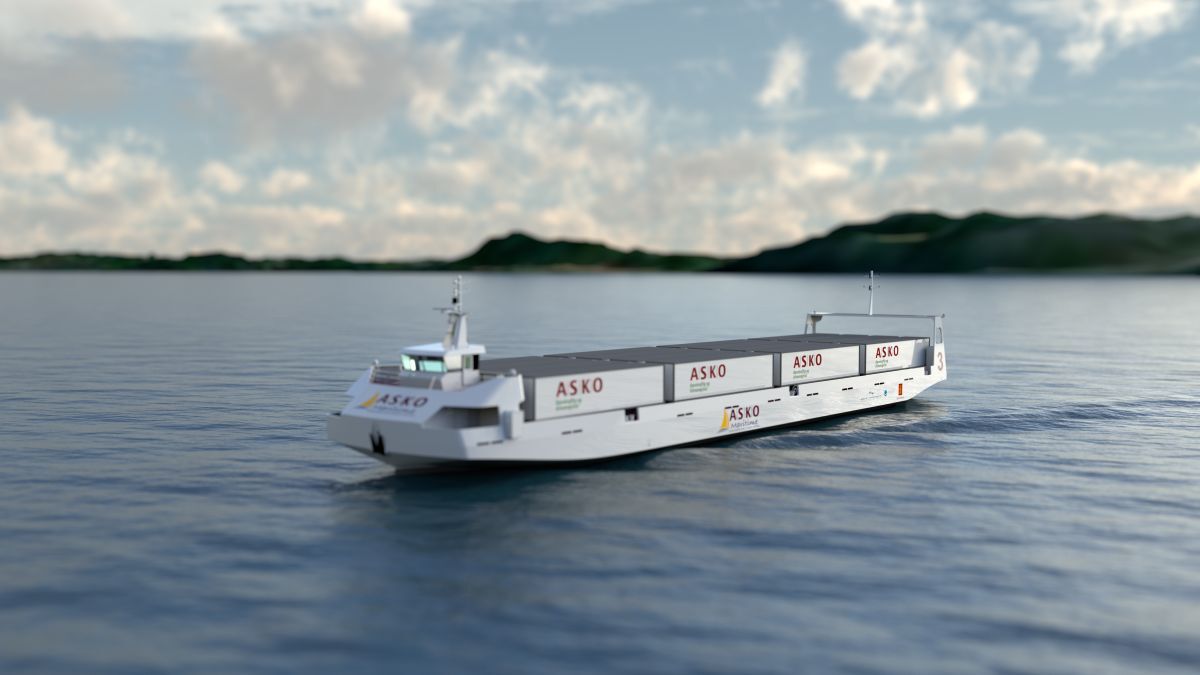IMO has set targets for implementing guidelines and a regulatory code for maritime autonomous surface ships (MASS) to come into force within six years
During the 105th session of the Maritime Safety Committee (MSC 105), a framework for implementing a new regulatory code and guidance for operating autonomous ships was laid down.
MSC 105 was held 20-29 April 2022 by video conference, due to continuing safety precautions in response to Covid-19. During these sessions, the committee discussed requirements for MASS as the maritime industry continues to develop technology for unmanned ships. These took into account recent investigations by MSC and IMO subcommittees on automation advances on ships.
At previous MSC meetings, how conventional safety and environmental protection requirements can be related to MASS were discussed, which continued at MSC 105, resulting in key actions and approved targets. At this session, the road map for developing a goal-based MASS Code was endorsed.
It was decided non-mandatory MASS guidelines will be developed in 2024 and a mandatory goal-based MASS Code will be developed, targeting entry into force in 2028.
The details of the MASS Code will be considered by the intersessional correspondence group established at this MSC session.
Also at MSC 105, the committee adopted mandatory requirements for modernising the Global Maritime Distress and Safety System (GMDSS). Several amendments to international shipping rules were adopted for changes to the safety and emergency communications system.
The committee adopted mandatory amendments to SOLAS enabling upgrades to the GMDSS and adopted draft amendments to SOLAS II-1, III, IV and V, and the appendix of certificates. MSC 105 also approved changes to the relevant performance standards, guidelines and guidance.
Many of the adopted changes to mandatory requirements enable shipowners, operators and managers to select GMDSS hardware and connectivity from satellite communications providers such as Iridium and Inmarsat.
The main points of the amendments included modifying the definition of Sea Area A3 from requiring “an Inmarsat geostationary satellite” to “a recognised mobile satellite service supported by the ship earth station carried on board”.
The provisions in SOLAS regulation /6 related to two-way VHF radiotelephone apparatus and search and rescue locating devices have been relocated under SOLAS IV.
The performance standards for the reception of maritime safety information and search and rescue-related information by medium frequency (MF), Navtex and high frequency (HF), shipborne VHF radio installations, shipborne MF and MF/HF radio installations, Inmarsat-C terminals and voyage data recorders were amended.
These will be applied from 1 January 2024.






